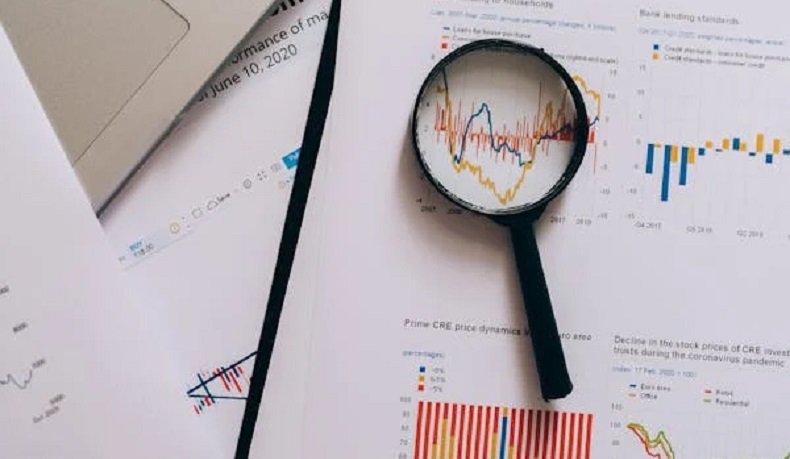Historically, equity markets reacted to the global economy like a sine wave. They were quick to price in weakness ahead of slowdowns, while the opposite occurred ahead of a growth rebound. Quantitative easing (QE) brought a subtle synchronisation to the global economy for a decade, says Canada Life Asset Management multi-asset fund manager, Jordan Sriharan.
Post-pandemic, however, the world looks and feels different, with multiple waves hitting the beach as quantitative tightening makes it more difficult to assess where we are in the business cycle.
Most recently, we have seen divergence. Economic growth (as measured by GDP) in the US has been strong, especially in the second half of 2023, while the EU narrowly avoided a technical recession. China meanwhile could be in a recession, even if officially undeclared. Some US regional banks and global REITs are suffering predictable headwinds. Leveraged real estate is always vulnerable after a series of rate rises.
Other sectors are not facing the same difficulties. For the seemingly infallible tech sector, earnings were up 14% in Q4 2023. In 2023 as a whole, the widely worshipped ‘Magnificent Seven’ saw earnings grow 30% while for most other major US companies earnings growth was negative. Perceptions differ too: doom-mongers talk up the idea of concentration risk with the Magnificent Seven, which make up about 29% of the US market.
Meanwhile, the top seven names in the UK market have a concentration of 40%, yet the UK equity market is constantly talked up as ‘ripe for outperformance’.
There are similarities to the Savings and Loans crisis of the mid-80s/90s, after the Federal Reserve raised rates in 1979 because of inflation, causing savers to withdraw money and seek better rates in US Treasuries. The savings and loan businesses back then sold long-term fixed-rate mortgages, which fell in value, creating losses. Of course, held-to-maturity debt was the epicentre of the troubles that led to Silicon Valley Bank’s demise last year.
Given that forecasters can’t predict idiosyncratic events they instead try to read the tea leaves of the economic cycle. But because these cycles are not running in parallel across the globe or across sectors, investors attempting to generate consistent returns through reading the tea leaves of economic cycles are struggling.
This lack of synchronisation means that the traditional tools of macro forecasting are not working in the same way they once did. For example, the widely publicised ‘inversion of the yield curve’ isn’t yet working, given that there are no obvious signs of a global recession today. The leading economic indicators have historically alerted investors to evidence of weakening economic activity. To their embarrassment, they have been forecasting a recession for a year now.
Adding protection
So how can we try to add protection in a portfolio, given the fraught difficulties with forecasting the landing path? In the first instance, not betting the house on a binary event, such as risk-on or risk-off, is the more pragmatic option. Yet doing so is a common mistake for multi-asset investors.
If monetary policy becomes less synchronised, it would also make sense to diversify into defensive or risk-free assets.
In a world of accelerating government deficits in developed markets, we believe gold is more complementary to multi-asset portfolios than in previous cycles. Maximising the utility of cash allocations is also important, and short-dated credit, both high and low quality, could have a bigger role to play.
High yield also has merit, given its ability to outperform equities in both hard and soft landings. Today credit quality is stronger, with BB and B now making up 87% of the high-yield market versus the long-term average of 83%. The default outlook is benign. Larger, more diverse companies in the high-yield market are better able to weather hard economic times: the median 12-month forward return in shorter duration sub-investment grade debt is estimated to be about 7.4%, compared with the 10-year historic annualised return of 4.7% in the UK equity market*.
Hyman Minsky, the American economist, once made the profound point that stability in markets breeds instability. If QE brought stability from 2008 up to 2021, post-COVID, what sort of instability awaits us?
*Source: Canada Life Asset Management based on yield, default and performance data as at November 2023
By Canada Life Asset Management Multi-Asset Fund Manager, Jordan Sriharan.










